In the last installment of this series, we explored the initial shift towards low-visibility gear during the Global War on Terror, highlighting the transition from overt armor to more discreet solutions around 2010. This shift, driven by the need for contractors and operators to blend in while maintaining capability, gave rise to some creative, and sometimes questionable, approaches to carrying essential equipment.
One of the most iconic and perhaps surprising examples was the adoption of the “photographer’s vest.” Let’s delve deeper into the evolution of low-vis gear, examining the origins and practicality of this unusual choice and how it paved the way for future innovations.
Gearing Up For The Long War | Part Two
2010 vs. 2023: A Surprisingly Familiar Picture
In 2010, low-vis gear was often personally procured and far less common. Operators like @stonysmith275 were pioneers, adopting minimalist setups amidst a sea of bulky chest rigs and overflowing pouches. Fast forward to 2023, and low-vis loadouts have become standardized, with purpose-built holsters and mag carriers now issued to many in the field.
Thanks to @greyfoxindustries, we can see how these setups have evolved. Interestingly, the core components of a low-vis kit remain strikingly similar. The biggest change lies in the context. In 2010, “low-vis” was judged against the backdrop of overt military gear. Today, the standard is “blending in at a backyard barbecue.” This shift has driven changes in clothing choices, with slimmer-fitting shirts replacing the boxy, oversized styles of the past.
Advancements in body armor technology have also played a crucial role. Thinner, lighter armor allows for a lower profile overall. However, one challenge remains constant: concealing the radio. The size and shape of the radio body, the antenna, and the constant battle with cable routing seems to be just as much of a frustration today as it was 15 years ago.
RCS Goes to War: The Birth of the Battle Chassis
Our journey takes us back to 2007-2009, when the concept of a “low-vis war belt” was still in its infancy. This unique setup occupied a space between a full fighting load and everyday concealed carry. At the time, PMCs typically carried a larger number of magazines, often on chest rigs or plate carriers for easy access while in vehicles.
Inspired by our own firearms training experiences and the need for concealable gear, we developed the “Battle Chassis.” This innovative system combined an Eagle Industries pistol belt and belt pad with custom suspenders and a unique arrangement of magazine carriers and our signature Phantom LC holster.
Limited to less than 30 units, the Battle Chassis was a rare breed. Yet, it proved to be a catalyst for change, influencing the development of low-vis gear for years to come.
From Training Ground to Battlefield: The Battle Chassis Evolves
The Battle Chassis caught the eye of Pat Rogers, a renowned firearms instructor, who featured it on the Lightfighter forums. This exposure led to a surge in demand from operators involved in high-stakes missions in Iraq.
Despite its initial success, the Battle Chassis was ultimately a short-lived product. Production challenges, high costs, and durability issues with the Kydex components led to its discontinuation in 2011. However, the lessons learned from its development, particularly in terms of durability, informed future RCS designs, including the HDPE “Flex Joint” and our robust injection-molded belt attachments.
The legacy of the Battle Chassis extended beyond its brief existence. Its core principles influenced the design of low-vis belt kits that were eventually issued to thousands of federal agents and contractors.
Low-Vis vs. Low-Pro: Finding the Right Balance
The terms “low-vis” and “low-profile” are often used interchangeably, but they represent distinct needs. While low-vis prioritizes concealment, low-pro focuses on minimizing bulk and maximizing mobility.
Interestingly, our concealment-focused holsters and mag carriers found their way into overt roles as operators sought to streamline their gear. This led to a demand for solutions that offered a balance between a close, concealable fit and the necessary standoff to avoid interference with body armor or vehicle entry and exit.
The result was the Drop/Offset Kit, a specialized interface for our Phantom holsters and magazine carriers that allowed for adjustable standoff and drop. This seemingly simple innovation addressed a critical need and became a key component of issued gear sets.
The Phantom holster was a staple of low-vis kits during the GWOT. Its popularity has endured, and after years of refinement based on user feedback, it’s still a staple with updated features and compatibility with a wider range of firearms and weapon lights.
Stay Tuned
This is just the beginning of our exploration into the fascinating world of low-vis gear in the GWOT. In future installments, we’ll delve deeper into specific RCS products, the challenges they addressed, and the individuals who brought them to life. We’ll also examine other essential elements of low-vis kits, such as fanny packs and bail-out bags. If you’re a gear enthusiast, you won’t want to miss it!
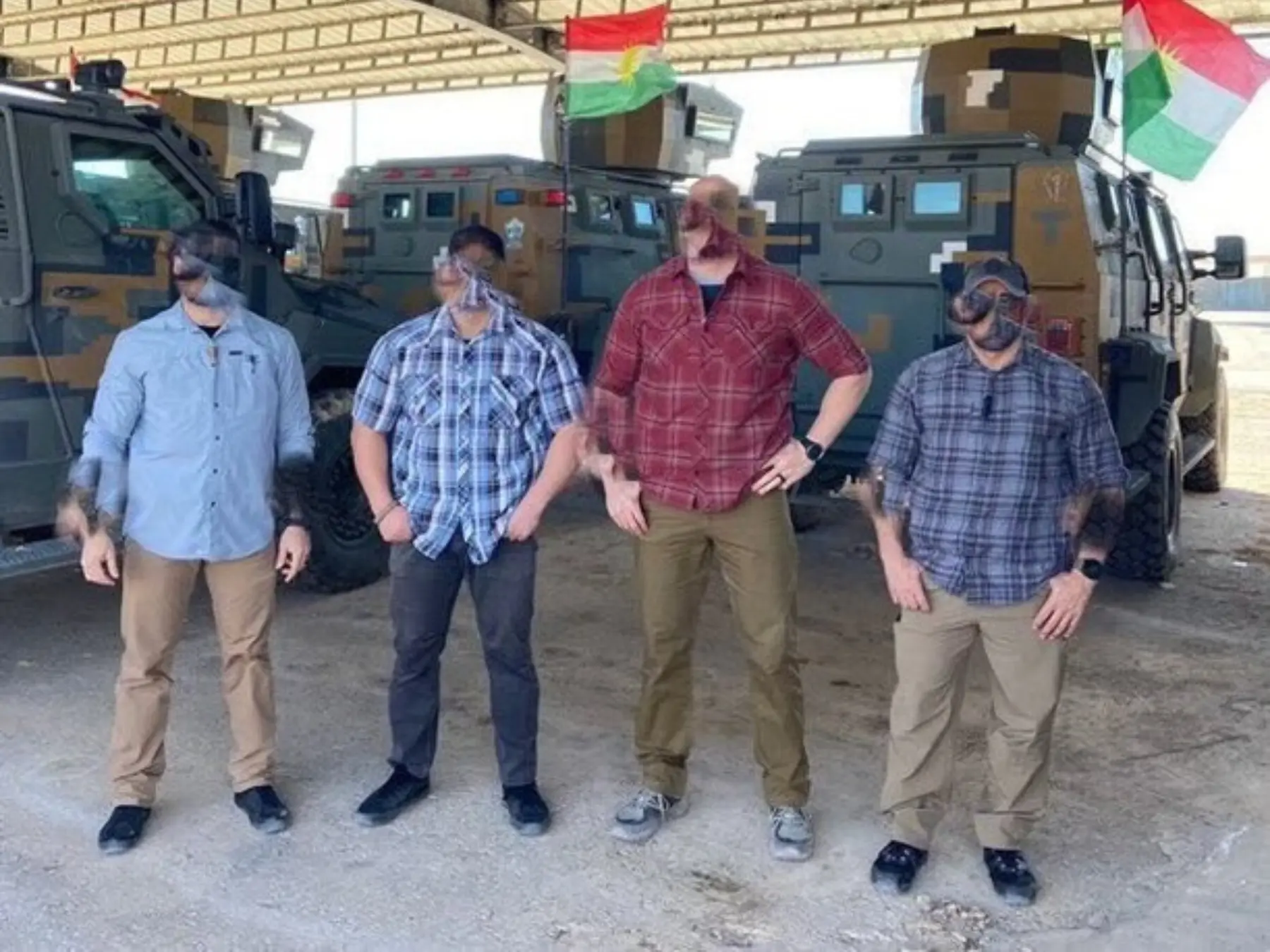
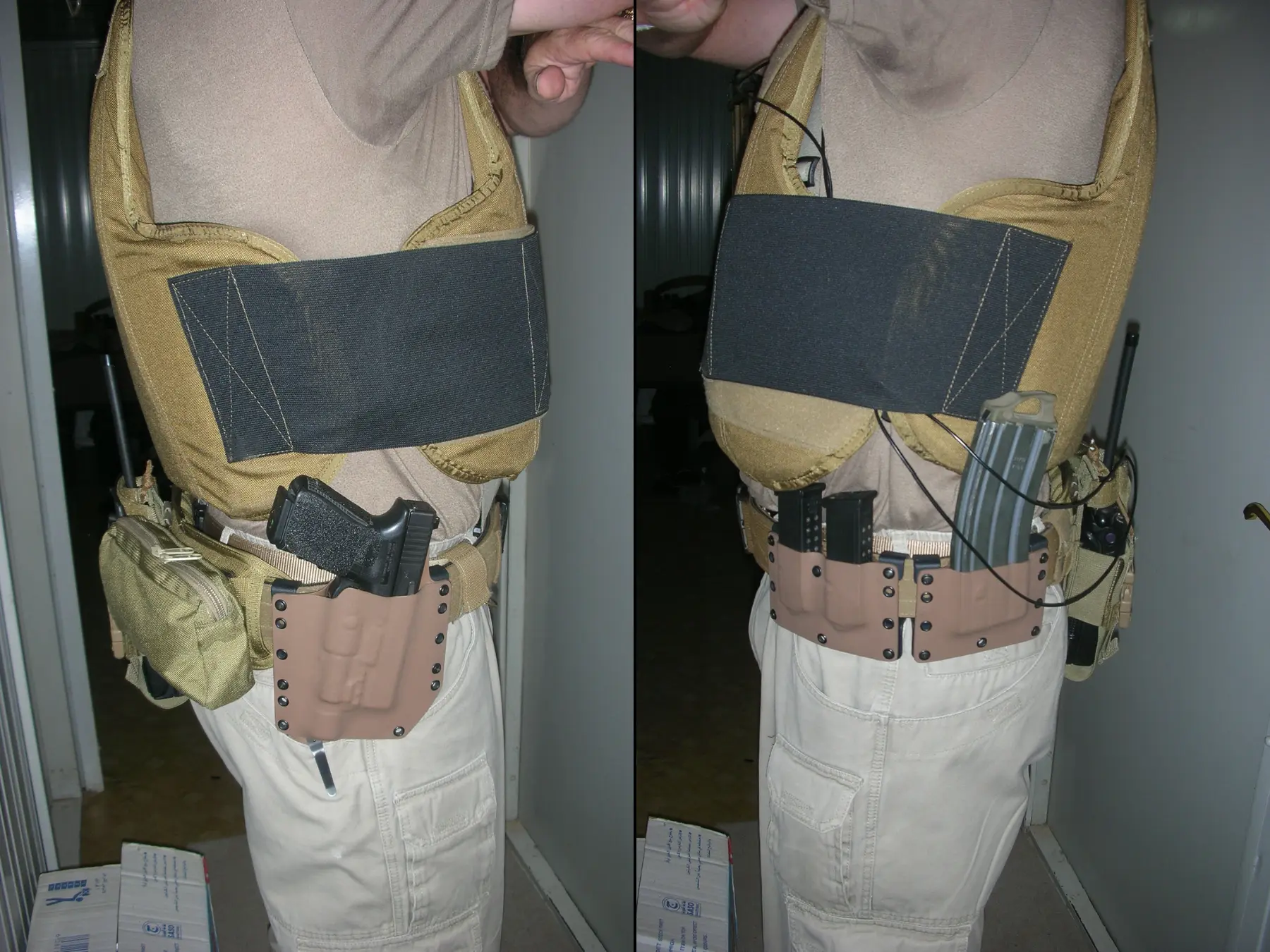
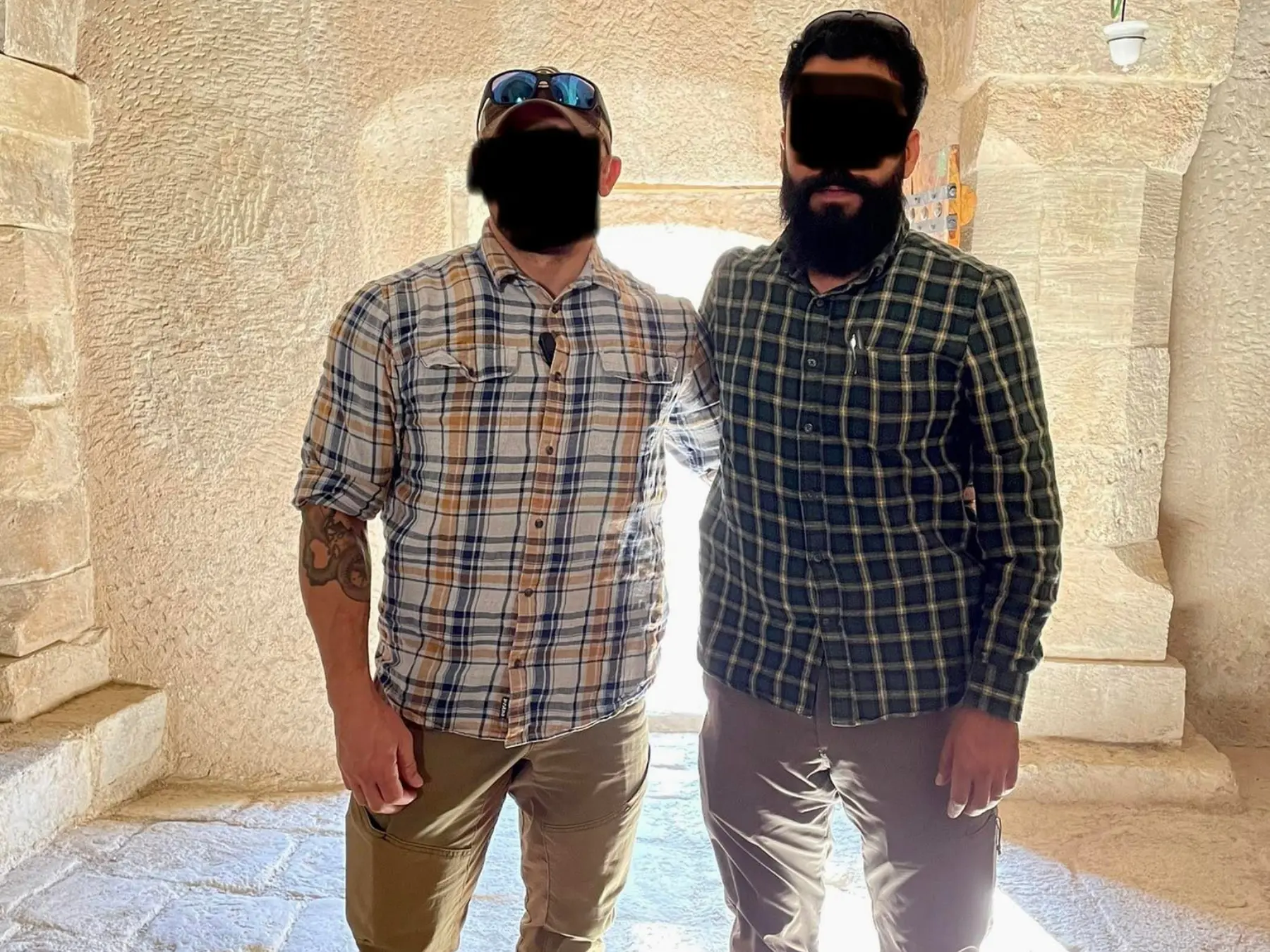
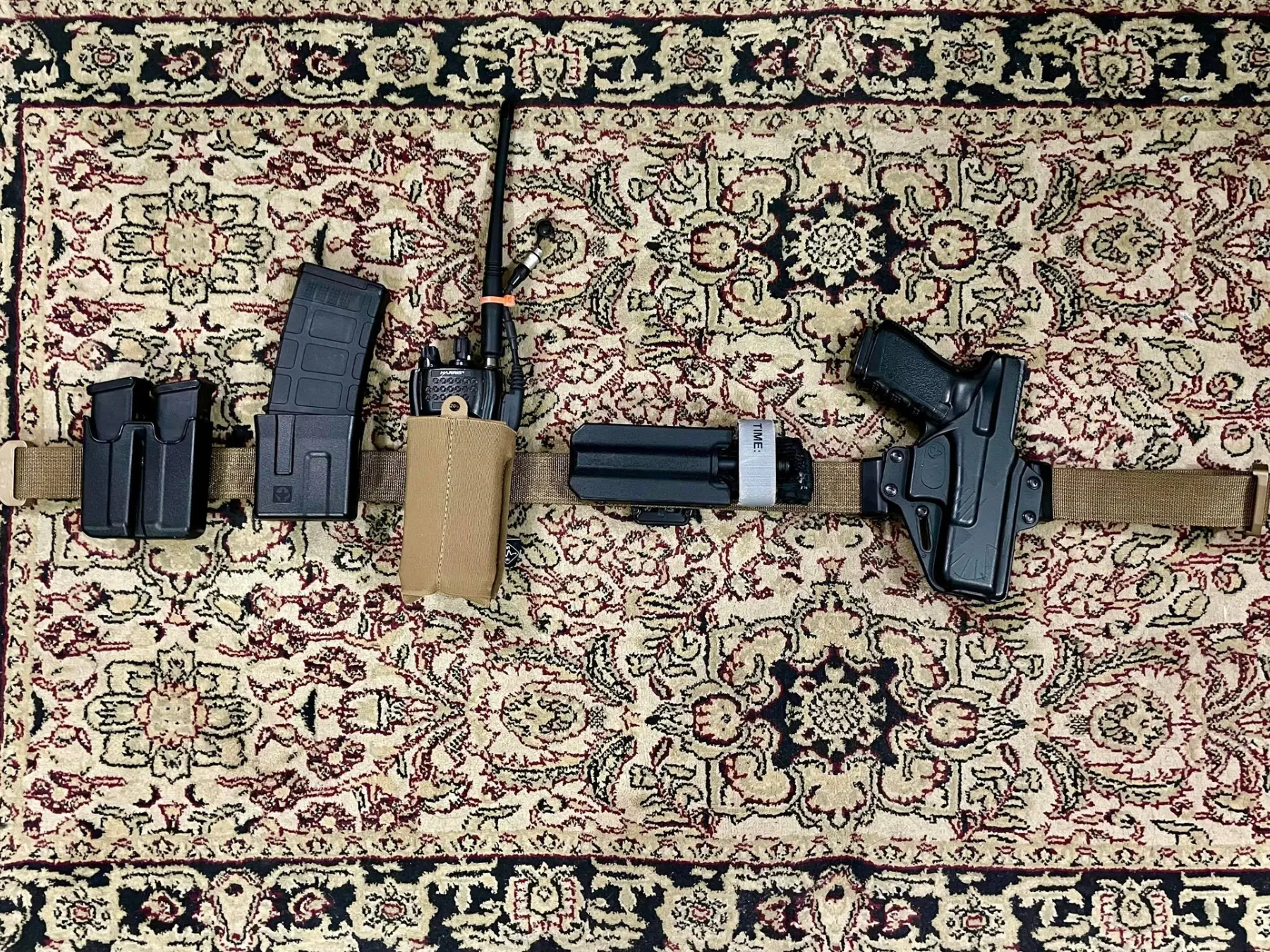
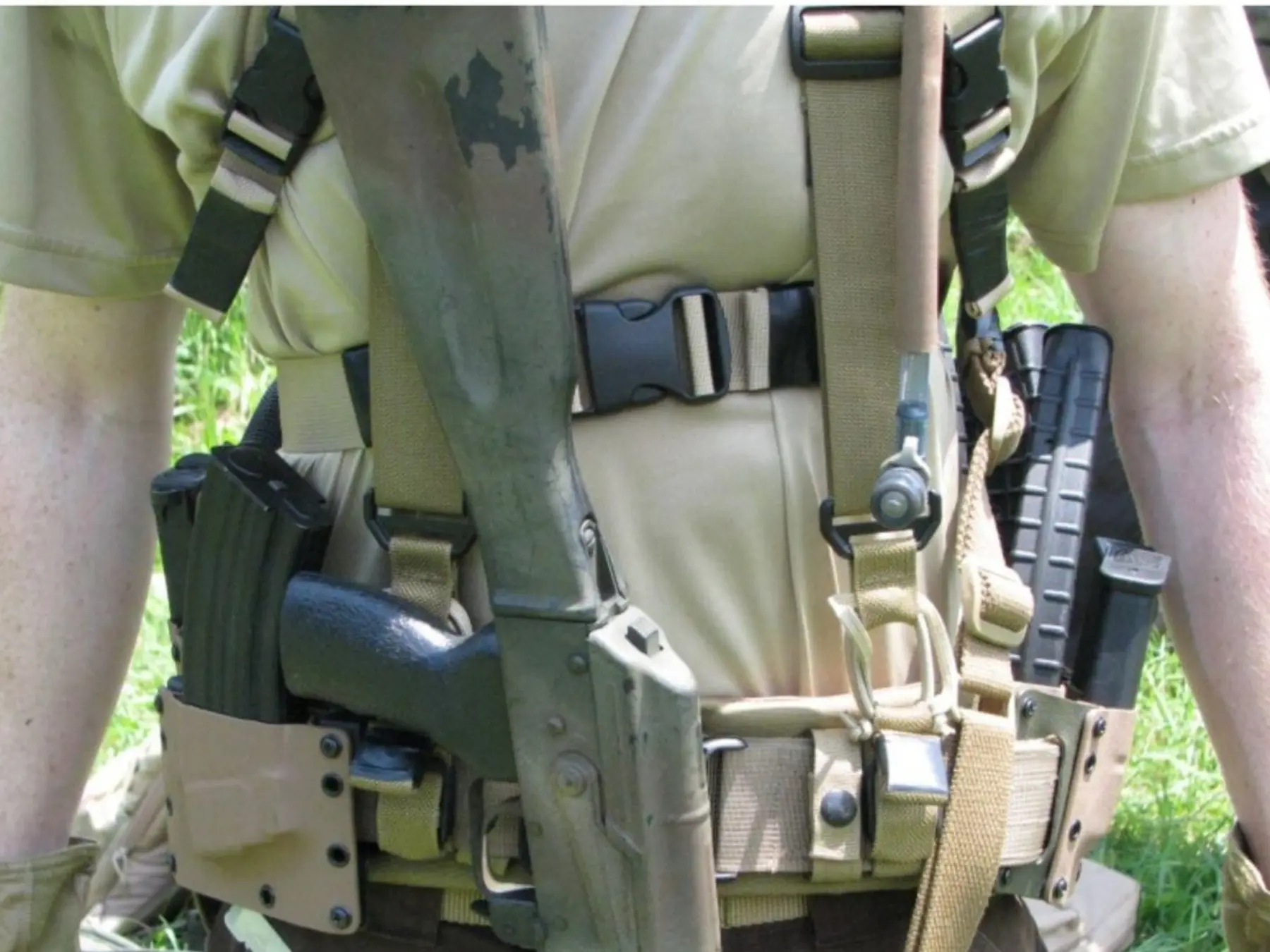
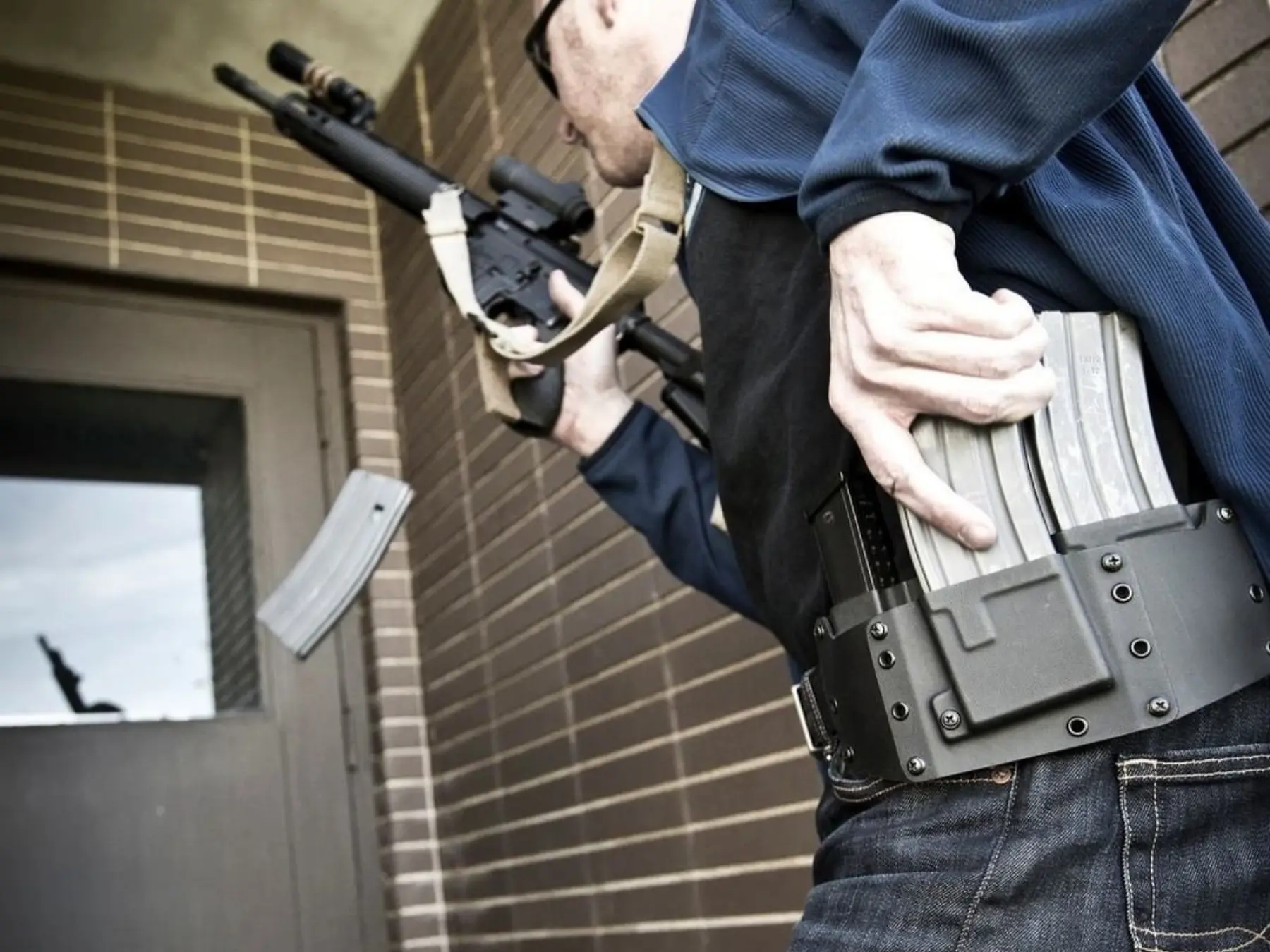
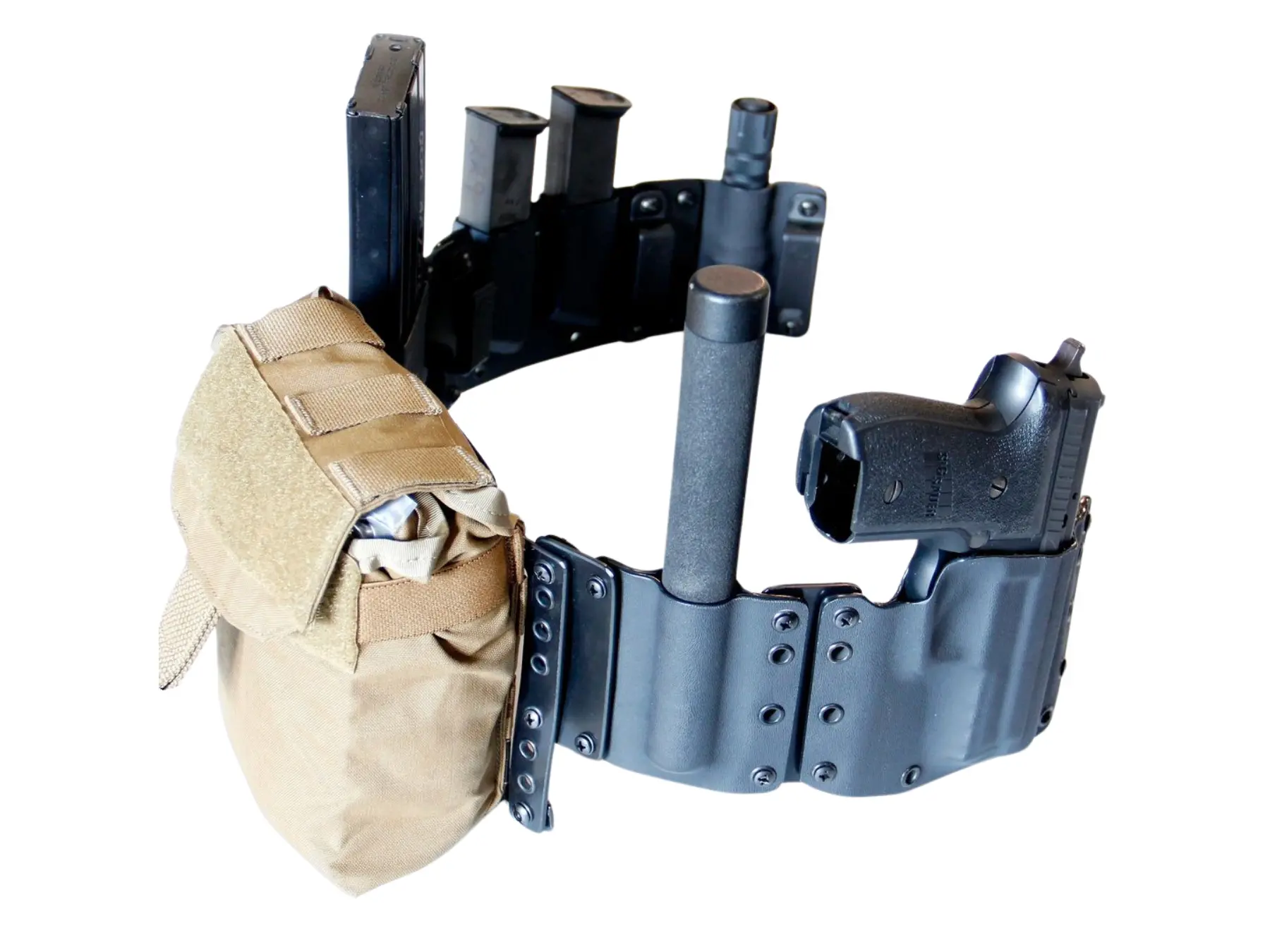
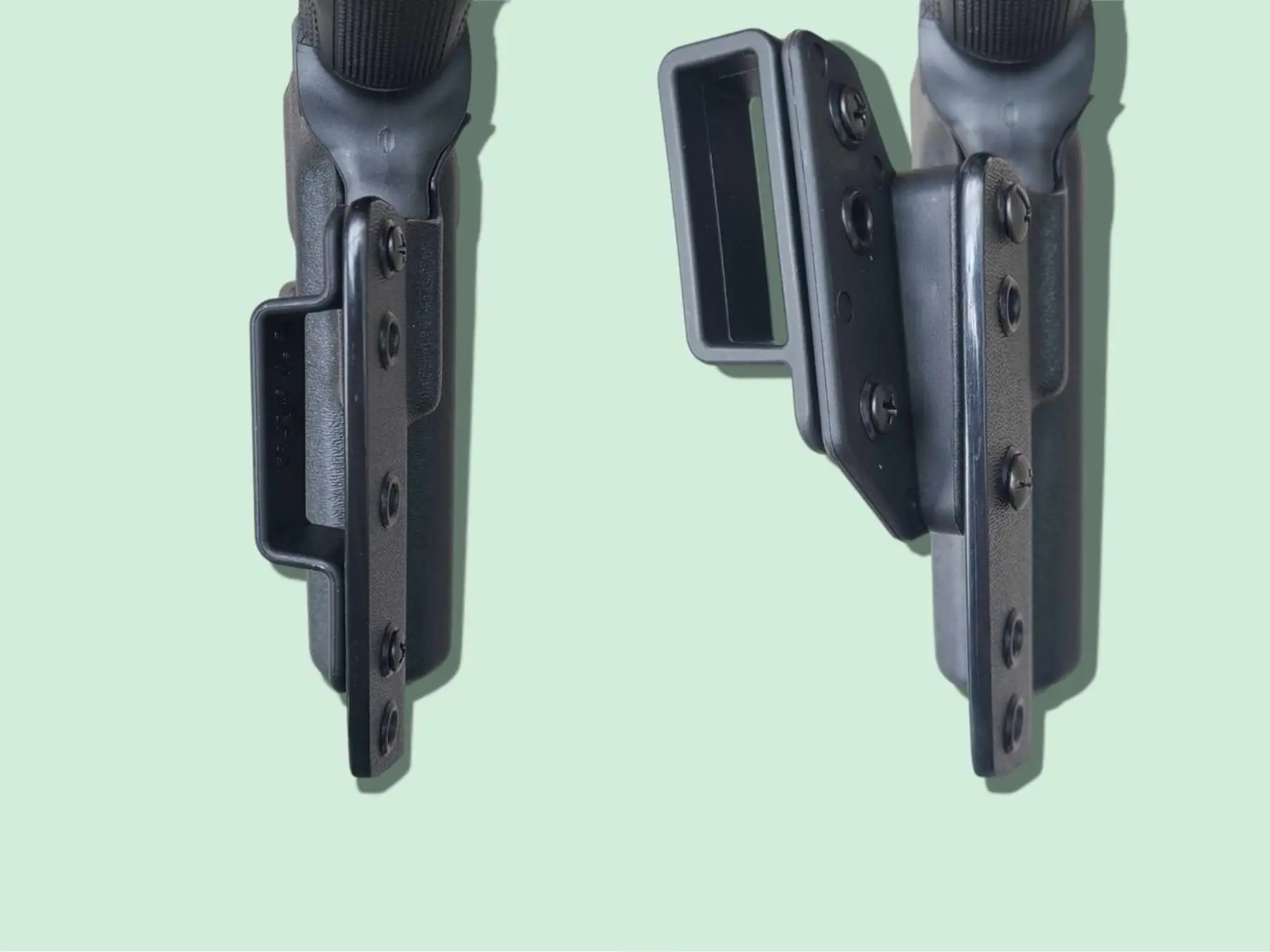

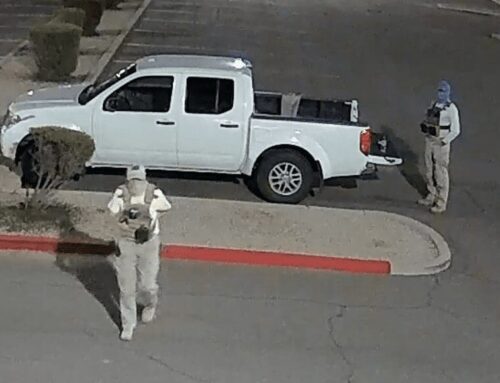
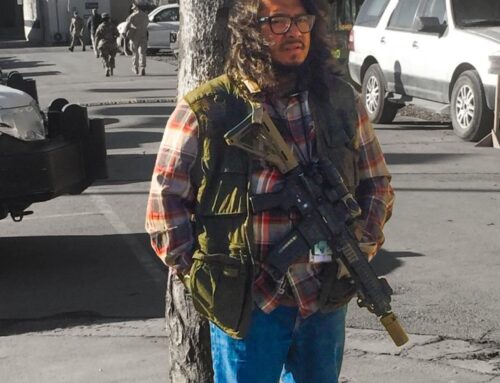

Leave A Comment